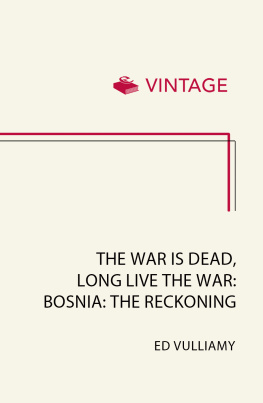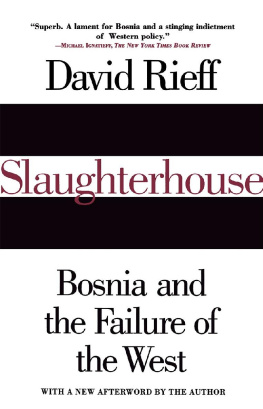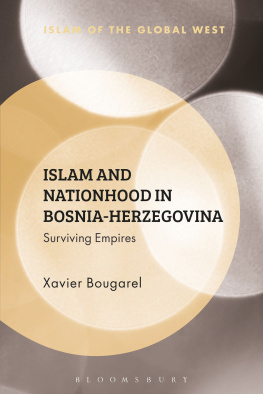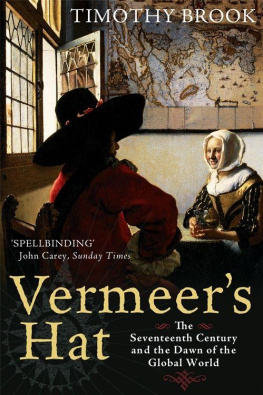ACKNOWLEDGMENTS
As will be seen from the checklist that follows, the plurality of these pieces originally appeared in The New Yorker, which is to say William Shawns New Yorker, whether under his own auspices or those of his successorsBob Gottlieb, Tina Brown, and David Remnick. All of them provided me with an incomparable writerly home for more than two decades, enriched all the more by an altogether dazzling editorial surround, including my own wry, endlessly put-upon editors John Bennet, Pat Crow, and Jeffrey Frank; such fact-checking wizards as Peter Canby, John Dorfman, Amy Davidson, Liesl Schillinger, Blake Eskin, Sarah Smith, and Ben McGrath; and such doyennes of stylistic felicity as Liz Macklin, Mary Norris, Elizabeth Pearson-Griffiths, Mary Hawthorne, Ann Goldstein, and, of course, the irreplaceable Miss Gould. They tried, believe me, they all tried, and where they succeeded they invariably salvaged and polished and rescued me; sometimes, alas, I proved just too stubborn.
Other pieces appeared elsewhere, a circumstance that affords me occasion to celebrate the blithe and vivifying touches, variously, of Bill Whitworth, Toby Lester, Corby Kummer and Cullen Murphy at The Atlantic Monthly; Wendy Lesser at The Threepenny Review; Dave Eggers at McSweeneys; Ira Glass at This American Life; and Helena Luczywo and Adam Michnik at Gazeta Wyborcza in Warsaw.
It often seems to me that a foreign correspondent can only be as good as his fixers, and over the years, I have been exceptionally gifted and well served by minesounding boards, interpreters (of much more than just language), ballasts, and presently, dear friends. In terms of the pieces collected in this book, I want in particular to highlight the collegial contributions of Piotr Bikont in Poland, and Dusko Tubic and Julia Bogoeva in the former Yugoslavia.
A career as tumblingly various and scattershot as the one limned in this collection cannot have been easy to manage, and yet my agents over the yearsFlip Brophy, Deborah Karl, and now Chris Calhounnever let on and never held me back: on the contrary, they encouraged my wildest flights, lavishing assurance and unfailingly competent good sense all the while.
And what an easy and heartening pleasure, these past several months, to be working once again with my editor Dan Frank and designer Kristen Bearse here at Pantheon, veteranscan it be coming on ten years ago already? of those happy Mr. Wilson campaigns.
But if we are going to start talking about veterans, how even to begin crediting the contributions and enswathing succor provided by my loving and lovely bride Joasia, the first reader of all these pieces, and by our fiercely sly daughter (talk about tumblingly various and scattershot!) Sara, who may one day be their last. This book was always and will always be principally theirs.
ALSO BY LAWRENCE WESCHLER
Everything That Rises: A Book of Convergences
Robert Irwin: Getty Garden
A Wanderer in the Perfect City :
Selected Passion Pieces
Boggs: A Comedy of Values
Mr. Wilsons Cabinet of Wonder
Calamities of Exile: Three Nonfiction Novellas
A Miracle, a Universe: Settling Accounts with Torturers
Shapinskys Karma, Boggss Bills, and Other True-Life Tales
David Hockneys Cameraworks
The Passion of Poland
Seeing Is Forgetting the Name of the Thing One Sees :
A Life of Contemporary Artist Robert Irwin
LAWRENCE WESCHLER
VERMEER IN BOSNIA
Lawrence Weschler is the author of more than ten books, including Mr. Wilsons Cabinet of Wonder, which was short-listed for both the Pulitzer Prize and the National Book Critics Circle Award. He was a staff writer at The New Yorker for more than twenty years and is a regular contributor to McSweeneys. Since 2001 he has been the director of the New York Institute for the Humanities at New York University. He lives in Westchester County, New York, with his wife and daughter.
VERMEER IN BOSNIA
I happened to be in The Hague a while back, sitting in on the preliminary hearings of the Yugoslav War Crimes Tribunalspecifically, those related to the case of Dusko Tadic, the only one of more than forty accused war criminals whom the Tribunal had actually been able to get its hands on up to that point. While there, I had occasion to talk with some of the principal figures involved in this unprecedented judicial undertaking.
At one point, for instance, I was having lunch with Antonio Cassese, a distinguished Italian jurist who has been serving for the past two years as the president of the court (the head of its international panel of eleven judges). Hed been rehearsing for me some of the more gruesome stories that have crossed his deskmaybe not the most gruesome but just the sort of thing he has to contend with every day and which perhaps accounts for the sense of urgency he brings to his mission. The story, for instance, of a soccer player. As Cassese recounted, Famous guy, a Muslim. When he was captured, they said, Arent you So-and-So? He admitted he was. So they broke both his legs, handcuffed him to a radiator, and forced him to watch as they repeatedly raped his wife and two daughters and then slit their throats. After that, he begged to be killed himself, but his tormentors must have realized that the cruelest thing they could possibly do to him now would simply be to set him free, which they did. Somehow, this man was able to make his way to some U.N. investigators, and told them about his ordeala few days after which, he committed suicide. Or, for instance, as Cassese went on, some of the tales about Tadic himself, how, in addition to the various rapes and murders hes accused of, he is alleged to have supervised the torture and torments of a particular group of Muslim prisoners, at one point forcing one of his charges to emasculate another with his teeth. The one fellow died, and the guy who bit him went mad.
Stories like that: one judges daily fare. And, at one point, I asked Judge Cassese how, regularly obliged to gaze into such an appalling abyss, he had kept from going mad himself. His face brightened. Ah, he said with a smile. You see, as often as possible I make my way over to the Mauritshuis museum, in the center of town, so as to spend a little time with the Vermeers.
Sitting there over lunch with Cassese, Id been struck by the perfect aptness of his impulse. I, too, had been spending time with the Vermeers at the Mauritshuis, and at the Rijksmuseum, in Amsterdam, as well. For Vermeers paintings, almost uniquely in the history of art, radiate a centeredness, a peacefulness, a serenity (as Cassese put it), a sufficiency, a sense of perfectly equipoised grace. In his exquisite Study of Vermeer, Edward Snow has deployed as epigraph a line from Andrew Forges essay Painting and the Struggle for the Whole Self, which reads, In ways that I do not pretend to understand fully, painting deals with the only issues that seem to me to count in our benighted timefreedom, autonomy, fairness, love. And Ive often found myself agreeing with Snows implication that somehow these issues may be more richly and fully addressed in Vermeer than anywhere else.
But that afternoon with Cassese I had a sudden further intuition as to the true extent of Vermeers achievementsomething I hadnt fully grasped before. For, of course, when Vermeer was painting those images, which for us have become the very emblem of peacefulness and serenity, all Europe was Bosnia (or had only just recently ceased to be): awash in incredibly vicious wars of religious persecution and proto-nationalist formation, wars of an at-that-time unprecedented violence and cruelty, replete with sieges and famines and massacres and mass rapes, unspeakable tortures and wholesale devastation. To be sure, the sense of Holland during Vermeers lifetime which we are usually giventhat of the countrys so-called Golden Ageis one of becalmed, burgherlike efficiency; but that Holland, to the extent that it ever existed, was of relatively recent provenance, and even then under a continual threat of being overwhelmed once again.









